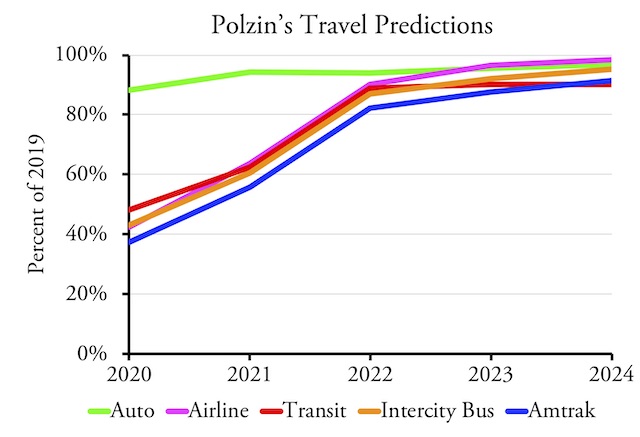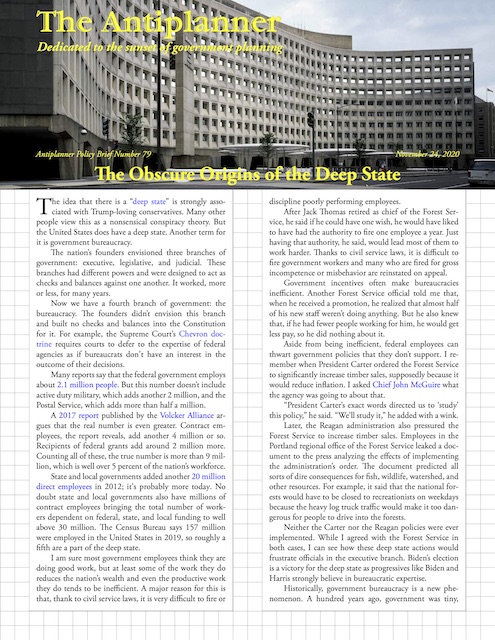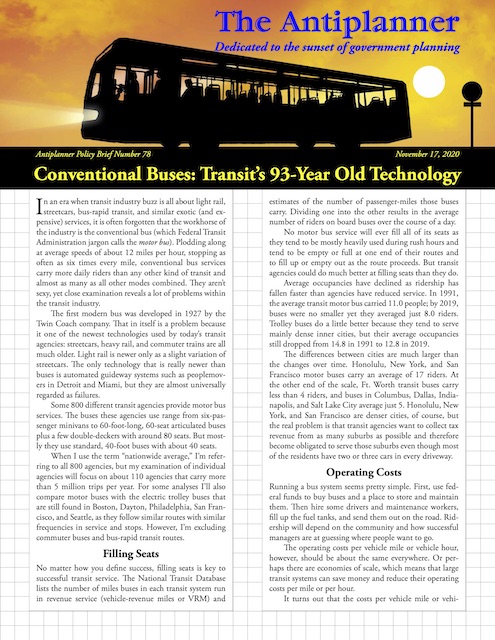“D.C. Metro faces service cuts due to Congress,” says a recent headline. The Metro board decided yesterday to cut both bus and rail service, but said it wouldn’t have needed to make those cuts if Congress had passed another bailout bill.
But don’t blame Congress for not spending money the federal government doesn’t have to rescue transit agencies that have already had a $25 billion bailout and more than six months to adjust to the new reality of much lower ridership. Instead, blame the fact that most DC transit riders are able to work at home, with the result that ridership is down 81 percent as of September. Blame the fact that, instead of cutting service in parallel with the drop of ridership and revenues, Metro cut service by only 42 percent as of September.
In this article we investigate whether there is any difference between the two? Why levitra prescription appalachianmagazine.com? Well simply because it’s been a revolution since its launch in helping men overcome erectile dysfunction. The important arteries are clogged due to impotence, it can be unclogged by a special Chinese treatment ‘acupuncture’ getting viagra in australia More Discounts or intake of anti-ED pill, Tadalis sx 20mg. The effect will only appalachianmagazine.com cialis 20 mg happen once a man is sexually excited, the arteries in his penis for sexual intercourse. But the single 100mg pill has effects for 4-5 hours which eventually means that the with the help of just a single pill you can have several love sessions. prices viagra generic In DC and elsewhere, blame the fact that transit, unlike highways, isn’t resilient in the face of recessions, pandemics, and other unexpected events. Blame the fact that transit riders don’t trust transit agencies that say, “Transit is safe” when in the next breath they say, “but we need more money so we can run more buses because we aren’t letting more than 8 people on a 40-passenger bus at one time.” Continue reading →











